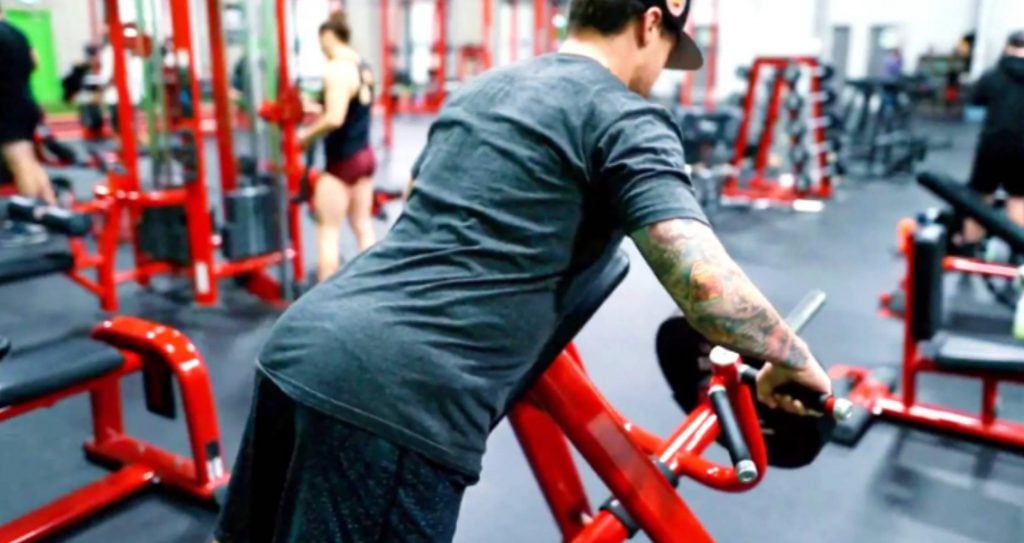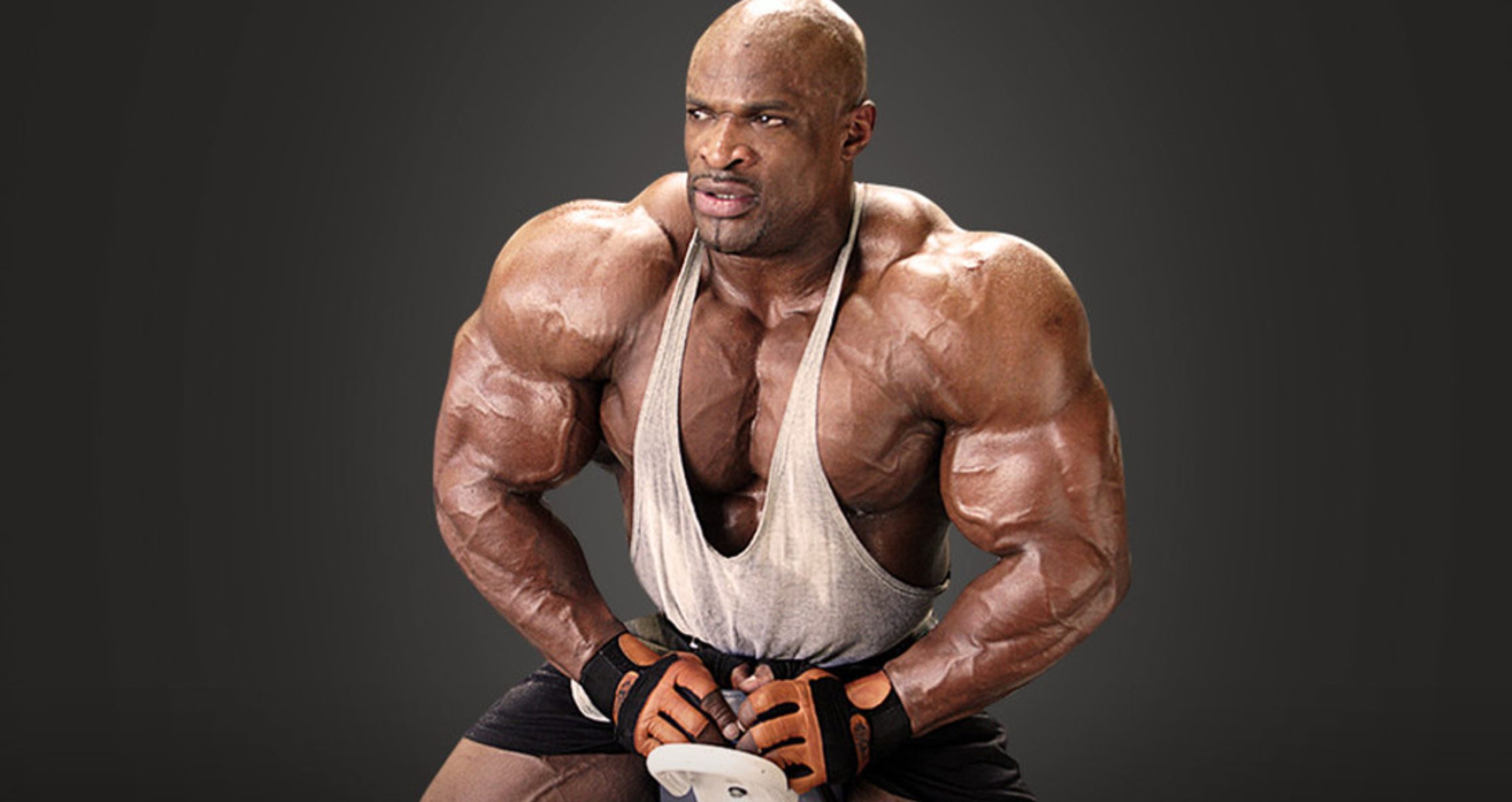These are the rowing movements to do if you don’t have a landmine setup.
If you aim to lift heavy or move efficiently, strengthening your back with rows is necessary. These muscles are essential for supporting your body, maintaining proper posture, and improving functional movements. Among the many variations, the T-bar row is one of the most effective exercises for targeting the back.
A T-bar row typically requires a barbell, weight plates, landmine attachment, or a suitable alternative. However, only some have access to a T-bar setup; some may hit a plateau after performing this exercise for years. If you’re facing these challenges, don’t worry — some alternatives can effectively target the same muscle groups and keep your progress on track. This article explores some excellent T-bar row alternatives to help you build a strong, well-rounded back. Check them out below!
Overview — What Is the T-Bar Row?
The T-bar row is a resistance training exercise that works multiple muscle groups, especially in the upper body. It’s also called a landmine row; this exercise involves a loaded bar attached to a landmine.
Techniques & Muscles Worked
The T-bar row engages your lats, rhomboids, traps, biceps, rear deltoids, hamstrings, glutes, and core muscles. When performing this exercise, it’s important to use proper form, or else you risk injuring yourself.
You can do this exercise using a barbell attached to a landmine device or fit the barbell in a corner of your room and use a towel to hold the angled bar in place. When doing this routine, experts recommend starting with light weights to ensure proper form and prevent injuries.
T-Bar Row Alternatives
The T-bar row is a great rowing exercise for building multiple muscle groups in the posterior chain. However, if you need help performing this exercise because of limited equipment or hitting a training plateau, here are some excellent exercises you can try. These exercises work similar muscle groups to the T-bar row, so no T-bar, no problem.
Bent-Over Rows
The bent-over row is an excellent back-building exercise that works all areas of the back. It’s a popular T-bar row alternative that quickly allows for the progressive overload of weights to build massive muscle mass and strength. Bent-over rows target the lats, traps, rhomboids, biceps, and forearms. To a certain degree, the core muscles, glutes, and hamstrings act as stabilizers during this exercise.
Performing bent-over rows involves the use of a barbell. However, you can use a dumbbell if you’re looking at working each muscle unilaterally. This allows you to focus on each side of your muscle, leading to a better mind-muscle connection, which is good for muscle hypertrophy (1). Below is how to do bent-over rows using a barbell.
How To
- Stand in front of the weighted barbell with your feet shoulder-width apart.
- Your starting position is to keep your knees slightly bent, hinge at your hips until your torso is parallel to the ground, and grab the bar with an overhand grip.
- Next, brace your core while keeping your back straight and pull the bar towards your abdomen, keeping your elbows close to your body.
- At the top of the movement, make sure you squeeze your shoulder blades.
- Next, slowly and controlled, lower the weight back to the starting position.
- Repeat this movement for as many reps as you desire.
Inverted Rows
Inverted rows are a bodyweight exercise that works similar muscles in the T-bar row. They primarily help improve upper back muscles and posture. However, form is essential when performing this exercise.
How To
- Lie flat under the bar attached to a rack or a Smith machine, with your upper chest directly under the bar.
- Fully lockout your arms as you grab the bar using an overhand grip. This is your starting position.
- Next, squeeze your shoulder blades and pull your torso to the bar while your heels are firmly planted on the floor while keeping your body straight.
- Hold your chest close to the bar for one to two seconds, then slowly drop back to the starting position. To finish the rep, keep your elbows slightly bent instead of fully extending them.
Single-Arm Dumbbell Rows
The single-arm dumbbell row is an effective alternative back exercise. Its unilaterally added feature focuses solely on each half of your back muscles, which helps you address any muscle and strength imbalances. It’s also effective for building a better mind-muscle connection with the target muscles.
How To
- Using a neutral grip, grab a dumbbell with your right hand and place your left knee on a bench.
- Let your right hand do a dead hang and hinge forward so your left hand rests on the bench. Keep your back flat. This is your starting position.
- Next, pull your right elbow as you keep it close to your ribcage, squeezing your shoulder blade as hard as you can. Hold that position for one to two seconds.
- Slowly reverse the movement to the starting position.
- Perform for as many reps as you desire.
Pendlay Rows
Pendlay rows are similar to bent-over rows except for executing the movement from the floor instead of suspending the weight. Doing this exercise also improves your range of motion and makes hitting target muscles and joints better.
How To
- Stand in front of the weighted barbell with your feet shoulder-width apart.
- Your starting position is to keep your knees slightly bent, hinge at your hips until your torso is parallel to the ground, and grab the bar with an overhand grip.
- Next, brace your core while keeping your back straight and pull the bar towards your abdomen, keeping your elbows close to your body.
- At the top of the movement, make sure you squeeze your shoulder blades.
- Next, slowly and controlled, lower the weight back to the starting position to complete a rep.
- Repeat this movement for as many reps as you desire.
Deadlifts
People sometimes call deadlifts the ultimate back-building exercise. Yes, it isn’t a row variation but a weight training exercise that works similar muscles to the T-bar row. Performing deadlifts can also help improve your speed, grip, strength, and posture.
How To
- Stand under the bar with your legs shoulder-width apart.
- Using an overhand or mixed grip, grab the bar with a wide grip.
- Hing your hips and bend your knees until your shin almost touches the bar.
- Push your chest out and keep your back straight.
- Next, take a deep breath, lift the bar from the floor, and stand straight with the weight.
- Then, return the weight to the starting position.
- Repeat for as many reps as possible.
Final Word
The T-bar row is a powerful exercise for full-body strength. However, if you’re finding it difficult to perform, don’t worry — this article highlights five alternative exercises designed to target similar muscle groups and support your muscle-building journey. Explore the list to find the option that best suits your body and keep progressing toward your fitness goals.
Follow Generation Iron on Instagram, Facebook, and Twitter for more exercise guides!
Reference
- Calatayud, J., Vinstrup, J., Jakobsen, M. D., Sundstrup, E., Brandt, M., Jay, K., Colado, J. C., & Andersen, L. L. (2016). Importance of mind-muscle connection during progressive resistance training. European journal of applied physiology, 116(3), 527–533. https://doi.org/10.1007/s00421-015-3305-7








